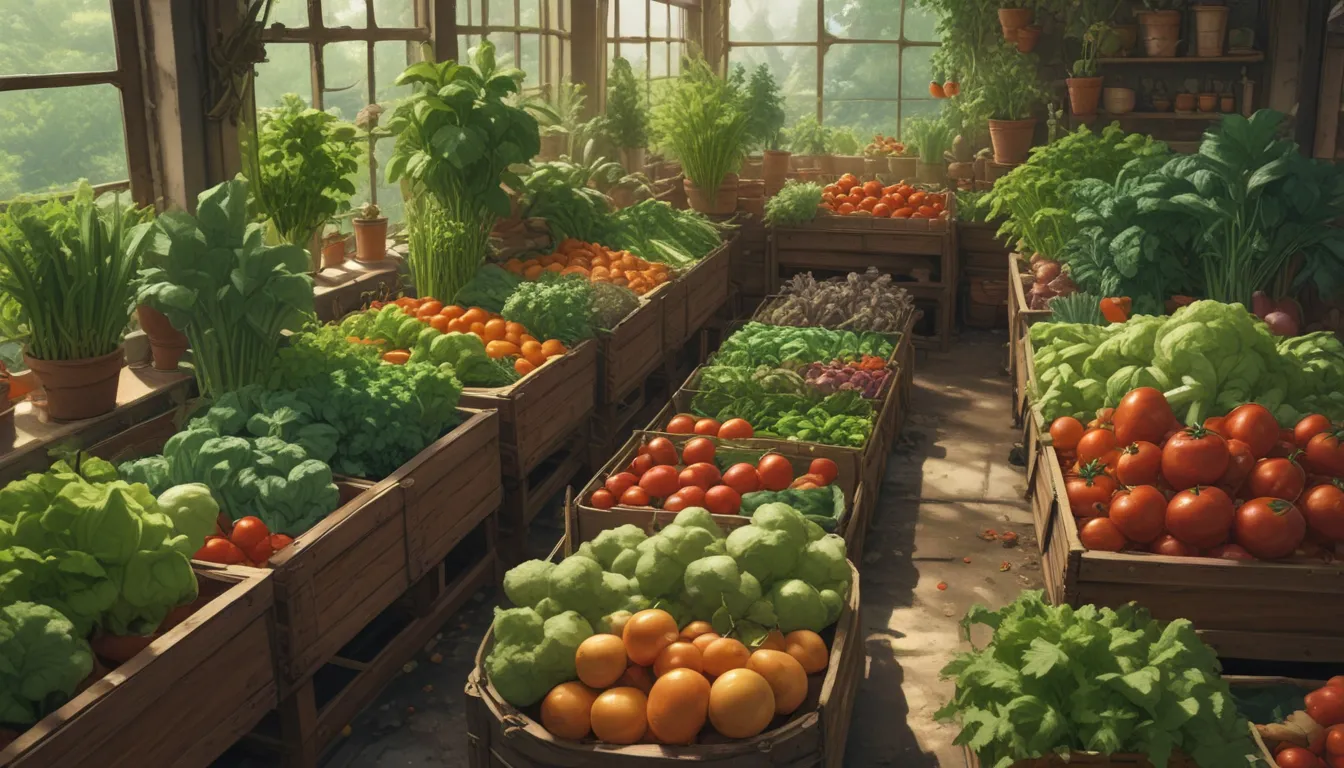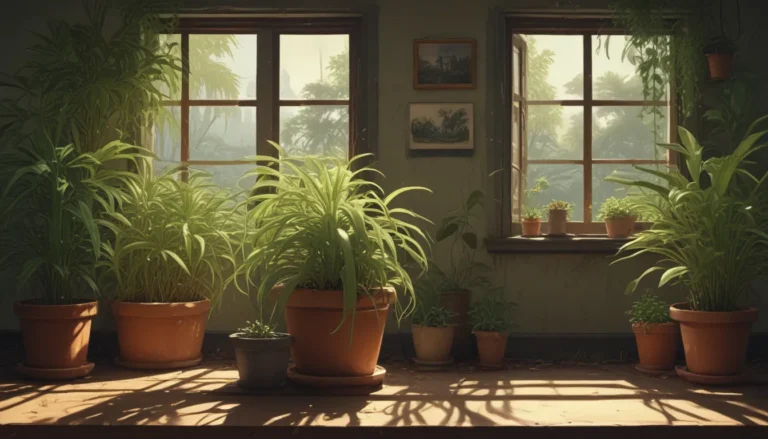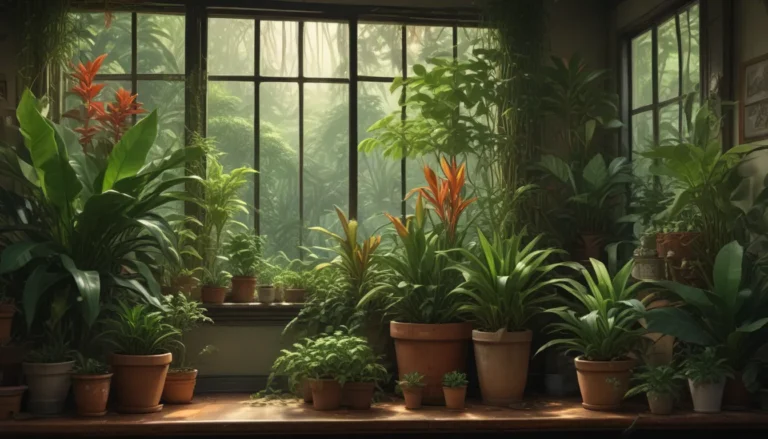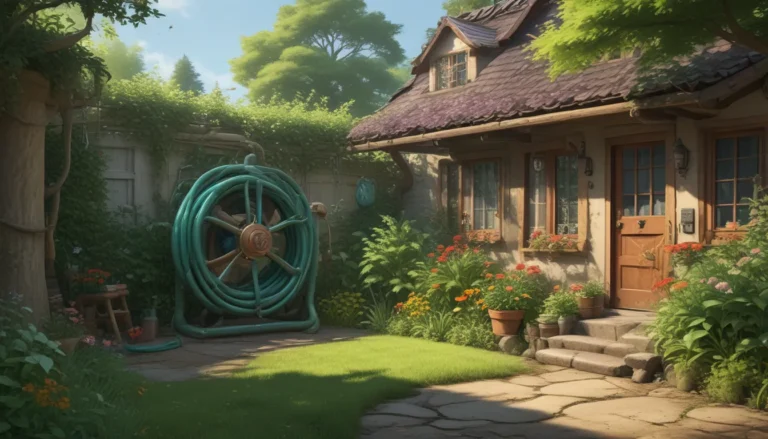A Comprehensive Guide to Growing Vegetables in Containers

Are you interested in growing your own fresh vegetables but have limited garden space? Well, fear not! You can still enjoy the satisfaction of harvesting your crops by growing vegetables in containers.
Whether you have a balcony, patio, porch, or any other sunny spot, you can transform it into a mini-garden filled with delicious and nutritious vegetables. In this detailed guide, we will walk you through the essentials of cultivating vegetables in containers and provide you with practical tips to help you become a successful container gardener.
What You’ll Learn
- Site Selection
- What to Grow: Choose Your Vegetables
- Getting Started
- How to Select Appropriate Containers
- Preparing and Planting
- Watering and Fertilizing
Site Selection
The first step in growing vegetables in containers is selecting the right location. Here are some key factors to consider when choosing a site for your pots:
- Sunlight: Ensure that your containers receive at least six hours of sunlight per day for optimal growth.
- Space: Measure the sunny area to determine the available growing space for your containers.
- Water Source: Make sure the pots are placed close to a water source to facilitate easy watering.
- Air Circulation: Leave enough room between containers to prevent overcrowding and avoid moisture-related issues.
- Creative Solutions: If ground space is limited, consider using window ledges, wall facades, or vertical planting options.
Once you have selected a suitable location, it’s time to decide which vegetables to grow in your containers.
What to Grow: Choose Your Vegetables
When selecting vegetables for container gardening, consider the following factors:
- Compact Varieties: Choose vegetables that are naturally compact or available in dwarf varieties.
- Sun and Water Requirements: Ensure that the chosen vegetables match your climate and available sunlight.
- Hardiness Zones: Check the USDA Hardiness Zones to select crops suitable for your region.
- Days to Maturity: Match the maturity timeline of vegetables with your local weather conditions.
Some popular vegetables that thrive in containers include beans, eggplant, carrots, beets, cucumbers, tomatoes, leafy greens, zucchini, garlic, broccoli, and cauliflower. Opt for bush or compact varieties to maximize space and yield.
Getting Started
You can start growing vegetables in containers from seeds, seedlings, or nursery plants. Choose a potting mix that is rich in nutrients and well-draining to support healthy plant growth. Consider starting seeds indoors to extend the growing season or purchase ready-to-transplant seedlings for convenience.
Once you have selected your plants, learn about their cultural requirements and spacing recommendations to plan your container layout effectively.
How to Select Appropriate Containers
Choosing the right containers is essential for successful container gardening. Consider the following factors when selecting pots:
- Material: Choose outdoor-friendly materials like plastic, ceramic, wood, or metal.
- Size and Depth: Select pots that accommodate the mature dimensions of your vegetables.
- Drainage Holes: Ensure adequate drainage to prevent waterlogging and root rot.
- Weight and Mobility: Consider the weight of the containers and use wheeled caddies for easy mobility.
In addition to traditional pots, explore self-watering containers and drip irrigation kits for efficient watering solutions. Products like the Gardener’s Victory Self-Watering Planter Garden Kit offer convenience and support optimal plant growth.
Preparing and Planting
Before planting, wash new containers and sanitize reused pots to prevent disease transmission. Use high-quality potting soil and plant your vegetables at the recommended depth with adequate spacing to optimize container space.
Consider succession planting for multiple harvests and replenish the soil with fresh organic material to maintain nutrient levels. Experiment with perennial vegetables, herbs, and fruits that can thrive in containers year-round.
Watering and Fertilizing
After planting, water your containers thoroughly and apply the first dose of fertilizer if needed.Follow a regular fertilizing schedule to provide essential nutrients to your vegetables throughout the growing season.
Pay attention to the nitrogen levels in the fertilizer to promote healthy growth and fruit production. Use liquid or granular fertilizers specifically designed for vegetable gardening and follow the package instructions for optimal results.
Efficient Edible Gardening
Growing vegetables in containers offers a manageable and rewarding gardening experience. Follow the guidelines provided in this comprehensive guide to create a thriving container garden filled with fresh and nutritious produce.
Experiment with different vegetables, try succession planting for continuous harvests, and enjoy the convenience of container gardening without the need for extensive outdoor space.
So, grab your gardening gear, select your favorite vegetables, and start growing your own fresh produce in containers today!
If you found this article informative and valuable, explore our additional guides on container gardening topics such as growing chives, rhubarb, and cantaloupe for more useful tips and insights.
Happy gardening, and share your container gardening experiences in the comments below!
Originally published January 4, 2015. Updated February 7, 2022.





